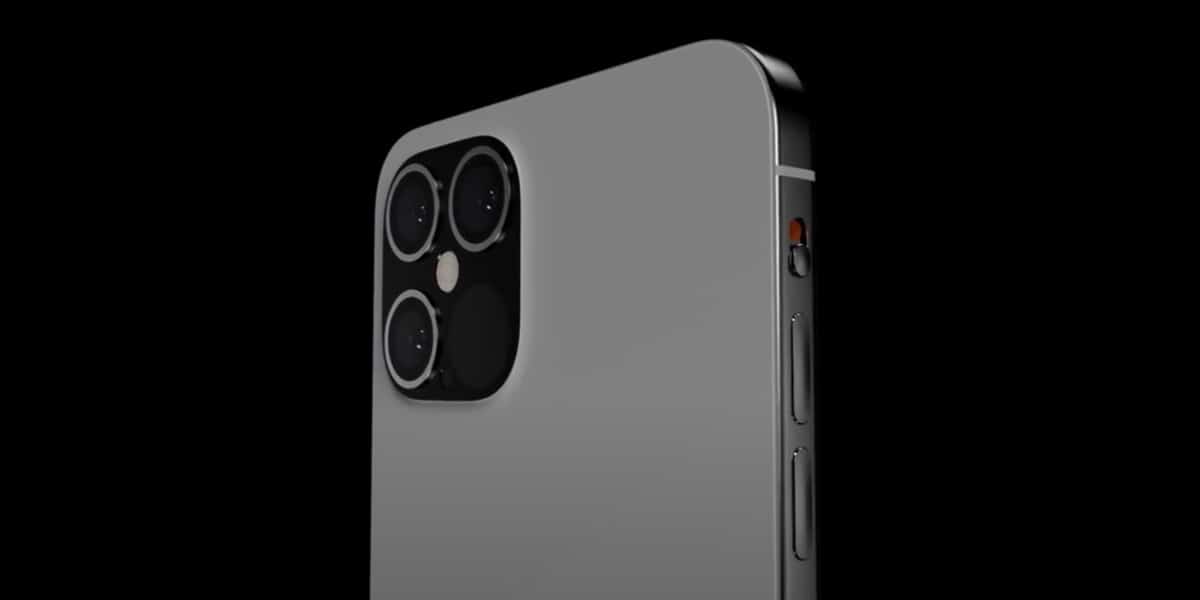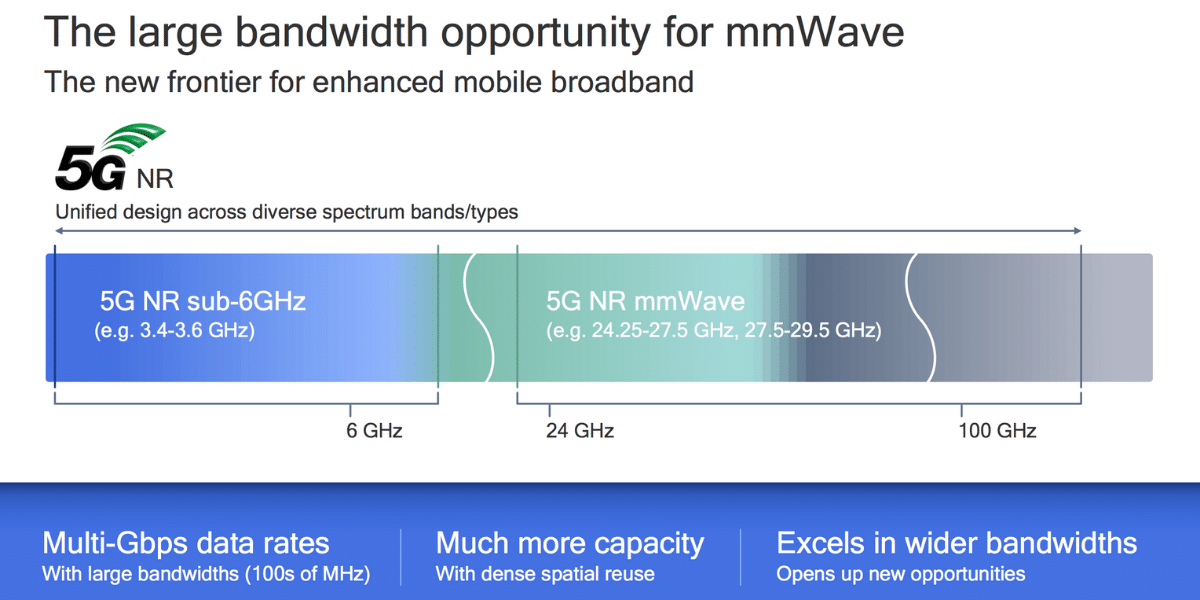
5G connectivity is rapidly and widely being deployed around the world. The process has been even faster than with the 4G connectivity whose rise came with the iPhone 5. Within a month it is likely that Apple present the iPhone 12 in a telematic event such as occurred at WWDC. At the event we could see up to four iPhone 12 models all of them compatible with 5G connections. However, within this technology there are subconnectivities that outline technical differences. In summary, there are two main connections the 5G Sub 6 and the 5G mmWave. It is likely that 5G mmWave connectivity is reserved for the iPhone 12 Pro Max. We tell you why.
5G Sub 6 vs mmWave: Where is the iPhone 12 Pro Max?
El 5G It is the fifth generation of mobile connectivity. Behind are the first generations, parents of SMS and MMS and also 4G that will remain with us and that welcomed streaming reproduction, among other functionalities. The arrival of 5G is essential for three reasons: it will increase the browsing speed up to 10 GBps, the latency will be reduced to 5 ms and we will increase the number of devices connected to the network.
In this way we will achieve that everything can be connected to everything, with a minimum response latency and exceeding the connection speed that many users have at home. There is no doubt that the next iPhone 12 will be compatible with 5G connectivity. Sin embargo, los últimos informes apuntan que no todos los modelos serán compatibles con toda la sub clase de conectividad. Por un lado, el 5G Sub 6 estará disponible en el iPhone 12, iPhone 12 Pro y iPhone 12 Max. Sin embargo, un informe de Fastcompany asegura que sólo el iPhone 12 Pro Max will be compatible with the 5G mmWave.

How is the Sub 6 different from the mmWave?
To understand the difference between these two modes of 5G you have to understand how it differs. And it is mainly in the band in which the connectivity is deployed. The Sub 6 is found in bands below 6 GhZ. This allows you to have a greater range, they are able to pass through walls and objects but it has a drawback: the bandwidth is less than the mmWave and they saturate easily.
On the other hand, the mmWave groups frequencies between 24 and 100 GhZ. In this spectrum, higher speeds greater than 10 Gbp / s are achieved, saturating less but with another drawback: their range is smaller and they do not pass through walls.
La antenna required to be compatible with the 5G mmWave it would require more space than only the iPhone 12 Pro Max can have. That is why it is likely that Apple will leave this connectivity only for this model. It is also put on the table in which countries the device with this connectivity will be marketed since not all countries have achieved a good deployment of frequencies above 25 GhZ. Will we only see this mmWave-compatible model in the United States, China, or Korea?